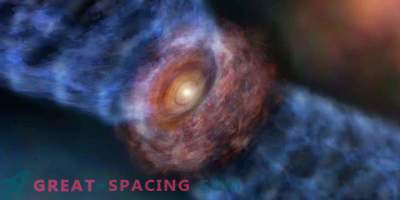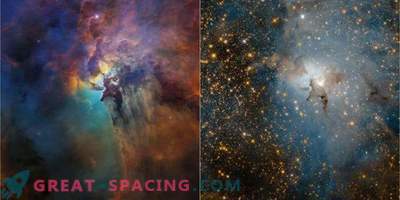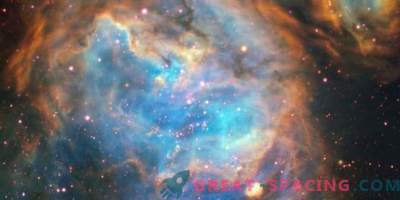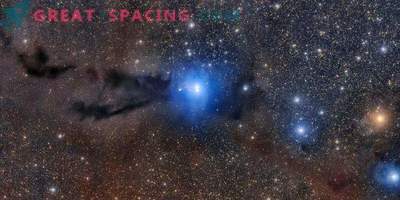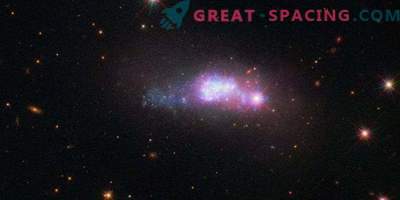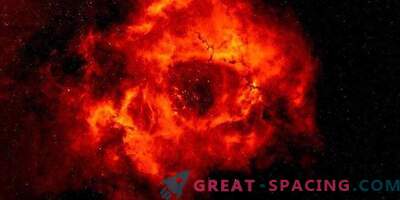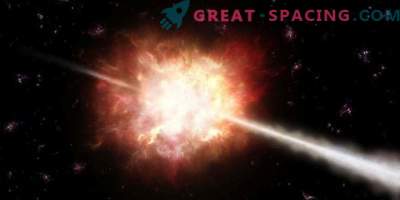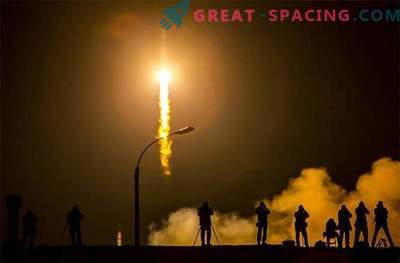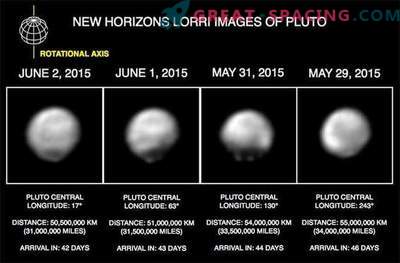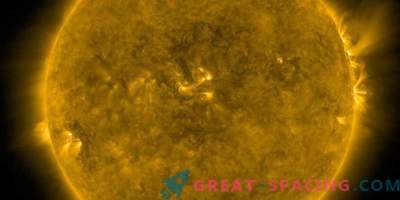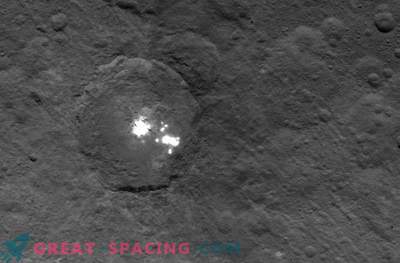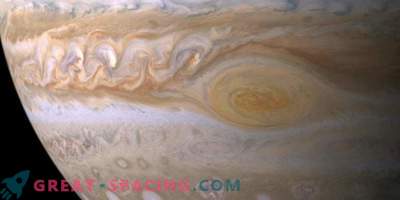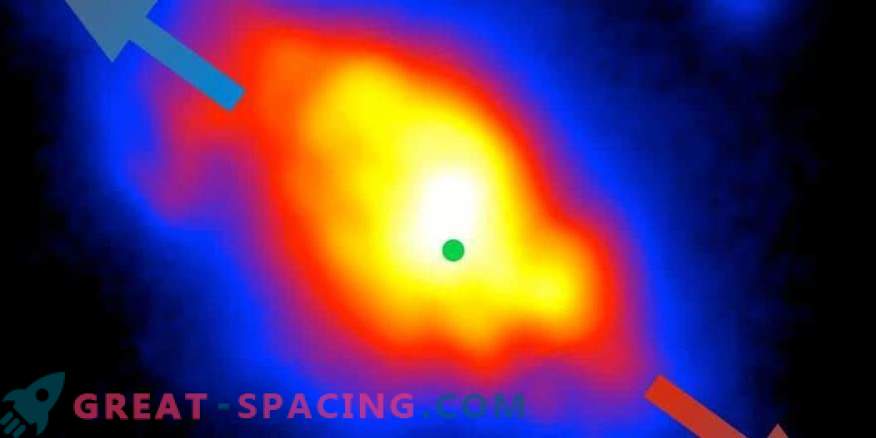
Scientists use the SOFIA apparatus to observe the area of stellar birth in our galaxy. They try to understand the processes and conditions necessary to create the largest among the famous stars that are 10 times more than the solar mass.
In the center of the review were 8 extremely massive young objects living in the Milky Way. The powerful FORCAST camera made it possible to study warm, dusty areas heated by light from bright massive stars that continue to form.
SOFIA is the only cosmic observatory capable of studying stars at different wavelengths and making its way through dust clouds hiding a star birth. As part of a large-scale study, a large sample of protostars with different masses and arriving at different evolutionary stages is being studied. Scientists hope to understand the general process of forming massive stars and test new theoretical models of stellar birth.

The massive star Cepheus A is shown in three IR wavelengths of 8, 19 and 37 microns. The star location is indicated by a green dot on each panel. The light coming out of the cavity facing the telescope is marked with blue arrows, and the light from the cavity facing away from the telescope is marked with red arrows. In the process of forming a disk around a star, magnetized winds start clearing the way through a dense dust cloud. The 8 micron snapshot shows light from the outflow cavity facing the telescope, and the 37 micron light shows hot dust. Massive stars perish in supernova explosions, releasing elements from the nucleus into the interstellar medium. Over the course of millions and billions of years, these elements have been transformed into new stars and systems.
If it were not for the massive stars, then we did not have the elements to create the solar system, the planets and even the basic building blocks necessary for life. It is not yet clear how exactly massive stars are formed, therefore they are actively studied.
New research shows that stellar birth is accompanied by the launch of powerful magnetized winds flowing above and below the swirling gas disk, feeding the growing star. These winds blow into the voids through a dense dust cloud, which allows researchers to more clearly see the "hospital".
The process of birth of massive stars remains one of the most important unsolved problems of modern astrophysics. Observations will continue in the summer of 2018. It is planned to consider about 50 sites of mass star birth throughout the galaxy.
